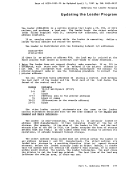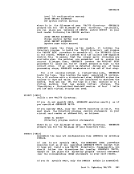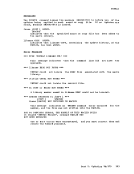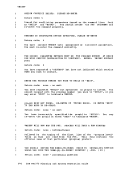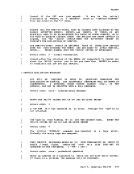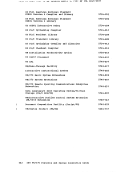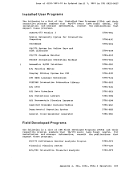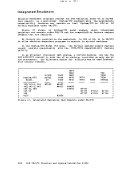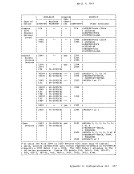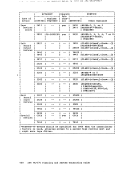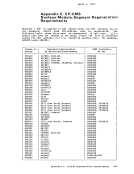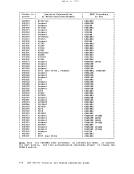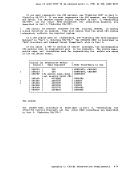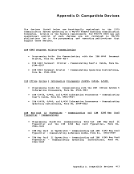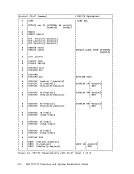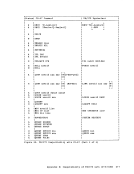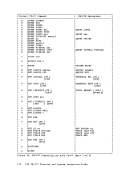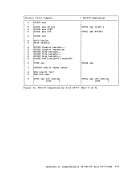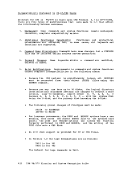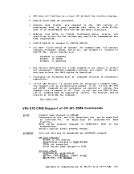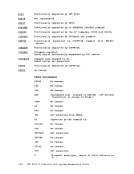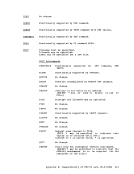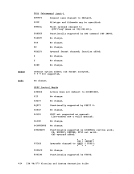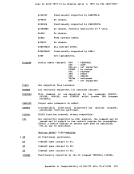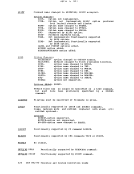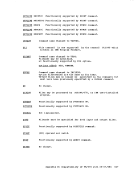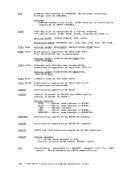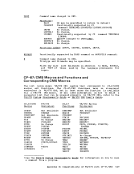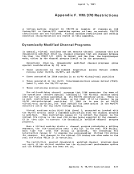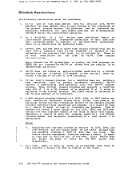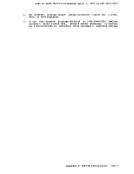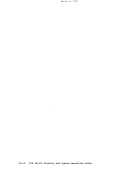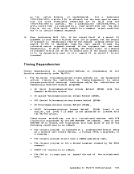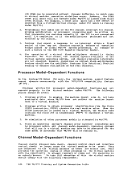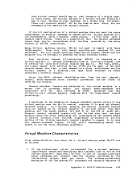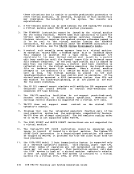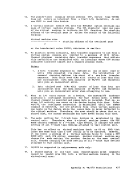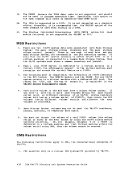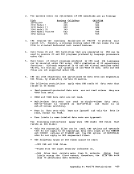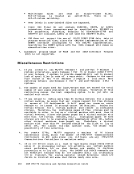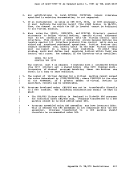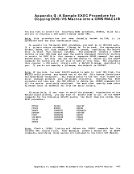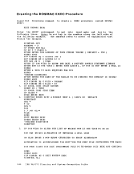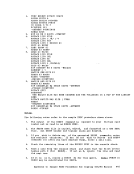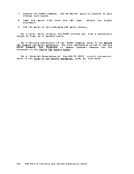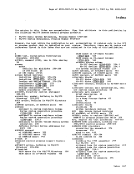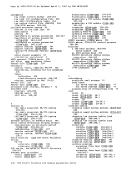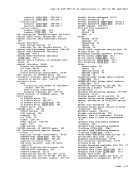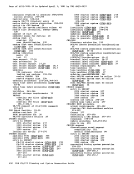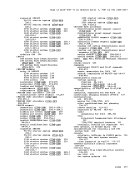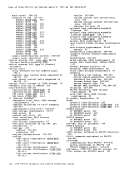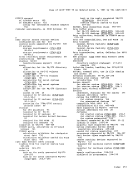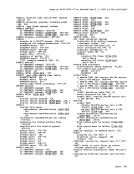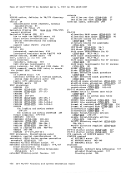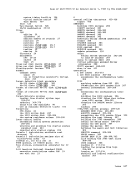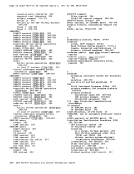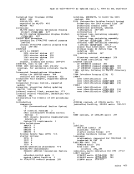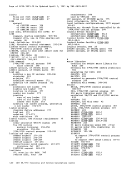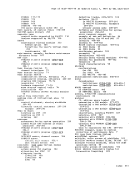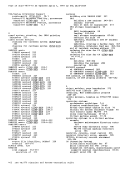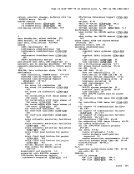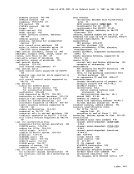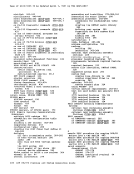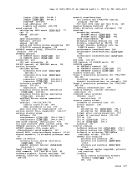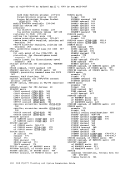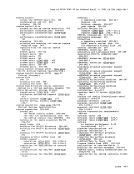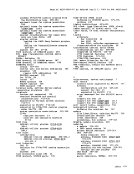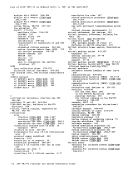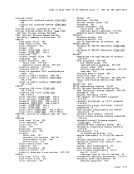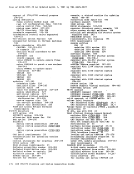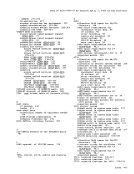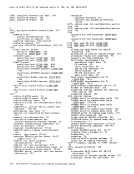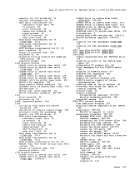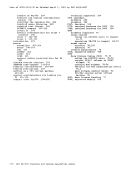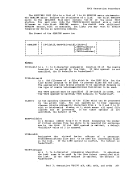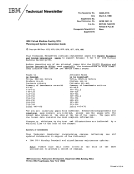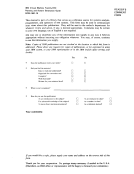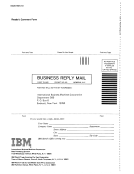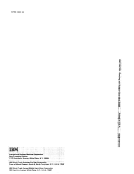Directory Program
program involving these devices can result in a hung or busy
condition (caused by a conflict in real-to-virtualI/O processing
through the commonVCUBLOK). Therefore, when defining devices, make sured 11 the devices are defined (and separated) within their
own control unit range and not shared with other devices.
DEDICATEOB8 OBO is a DEDICATE statement for a device at real address OBOe Its
virtual address isOB8. DEDICATE 250 "YPACK is a DEDICATE statement that defines, for this virtual machine,
virtual address250 as the real device where DASD volume MYPACK is mounted. Sin("C? 'tbC?rC? is no C"0n't!"01 l!ni't 0!! r,:acll for this restriction applies to any
system console such as the 3138,3148, and 3158.
This restriction also applies toSPOOL statements and combinations
of DEDICATE andSPOOL statements.
3. When the real device is a3330V, the action VM/310 takes in
processing the DEDICATE statement at logon time depends on the
combination of operands specified. Following are the allowable
combinations and the controlprogram action for each:
DED cuu rdev
The real device must have theVIRTUAL feature (not SYSVIRT). The
real device will be dedicated to the virtual machine as virtual
devicecuu, which is a 3330-1. All cylinder fault activity on the
rdev will be processed byVM/370, transparently to the virtual
machine.
DED cuu rdev3330V The real device must again be a VIRTUAL 3330V. All cylinder faults
and unsolicited interrups receivedby V"/310 on the rdev will be
passed to the virtual machine.
DED cuu volser
When processing this statement, the control program will allocate
an availableSYSVIRT 3330V and dedicate that real device to the
virtual machine as virtual device cuu. The"SS volume having volser
will be mounted on the real device, and the virtual device will be
a3330-1. This form of DEDICATE is used to dedicate volumes to non-MSS operating systems, such as CMS, since the control program
chooses the real device address and no cylinder fault interrupts
are passed to the virtual machine.
DED cuu rdev volser
The difference between thisexample and the one immediately
preceding is that in this case the real device address is
preselected and must have theVIRTUAL feature. This format allows
the installation to control which real devices are dedicated to
virtual machines, rather than having the control program choose a
device address when thestatement is processed.
212IB" VK/370 Planning and System
program involving these devices can result in a hung or busy
condition (caused by a conflict in real-to-virtual
through the common
own control unit range and not shared with other devices.
DEDICATE
virtual address is
virtual address
system console such as the 3138,
This restriction also applies to
of DEDICATE and
3. When the real device is a
processing the DEDICATE statement at logon time depends on the
combination of operands specified. Following are the allowable
combinations and the control
DED cuu rdev
The real device must have the
real device will be dedicated to the virtual machine as virtual
device
rdev will be processed by
machine.
DED cuu rdev
and unsolicited interrups received
passed to the virtual machine.
DED cuu volser
When processing this statement, the control program will allocate
an available
virtual machine as virtual device cuu. The
will be mounted on the real device, and the virtual device will be
a
chooses the real device address and no cylinder fault interrupts
are passed to the virtual machine.
DED cuu rdev volser
The difference between this
preceding is that in this case the real device address is
preselected and must have the
the installation to control which real devices are dedicated to
virtual machines, rather than having the control program choose a
device address when the
212





















































































































































































































































































































































































































